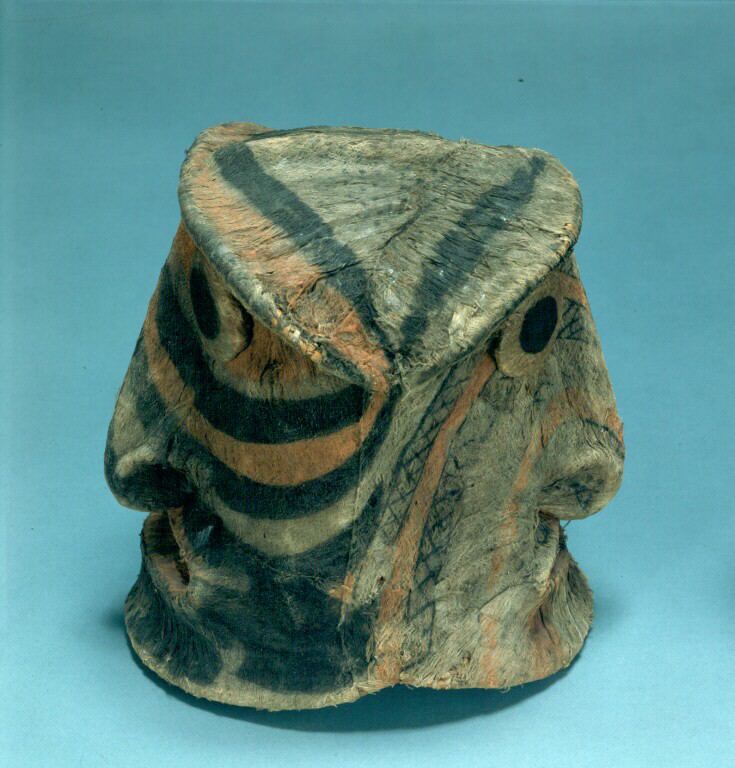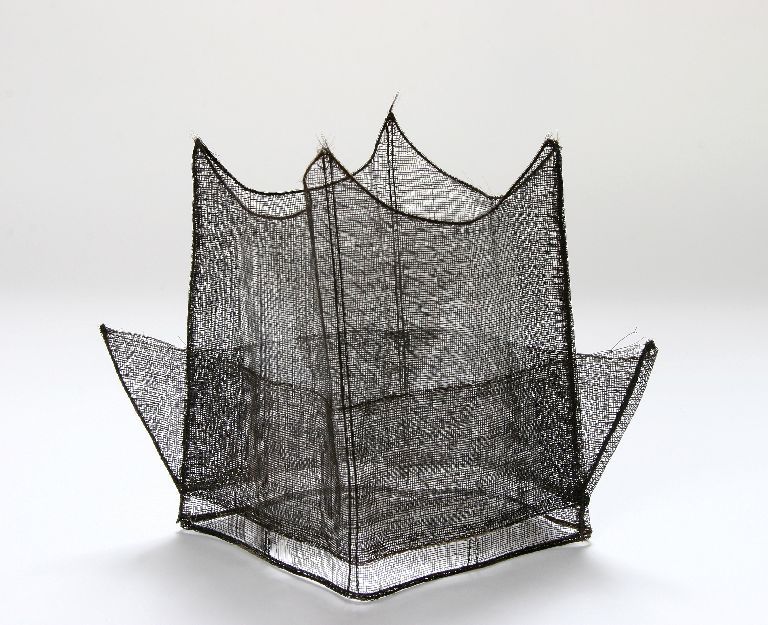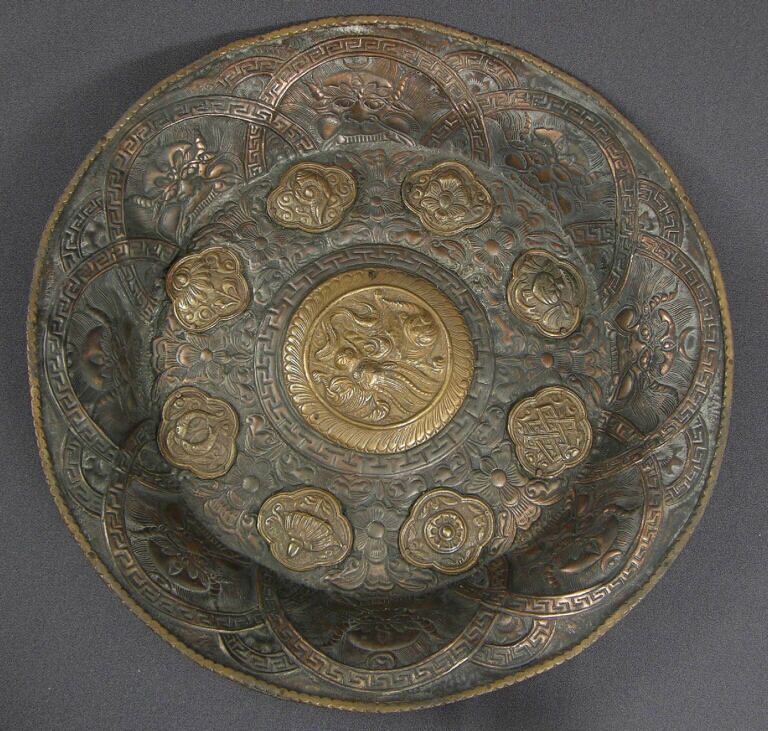Beyond New Brunswick–International
The New Brunswick Museum is rich in artifacts from almost every region of the world and almost all have a demonstrable connection to the Province. Collecting from abroad began with the Museum’s first precursor, Gesner’s Museum of Natural History. Gesner turned to the mariners of New Brunswick to donate souvenirs of their travels, and the mariners responded generously. The province’s thriving shipping industry and, for a brief period, whaling, took New Brunswick ships on long voyages, especially to the South Pacific, whence most of his foreign treasures derived. Subsequently, sailors contributed to the Mechanics’ Institute, the Natural History Society of New Brunswick and, ultimately, the New Brunswick Museum, many with artifacts from the South Pacific. Others, especially New Brunswick missionaries, added Oceanic material. The largest single collection (about 400 objects) came from Ewen Glenn McAfee (1884-1957), a Saint John native, who worked as a lay missionary and trader in the New Hebrides (now Vanuatu) from 1907 to 1919.
New Brunswick missionaries were among the most munificent donors of artifacts from Asia. Serving in Japan, Korea, China and India, they gave large collections reflecting their locales of work and their travels. They gave over 500 items of costume, textiles, toys and games, decorative arts in various media, fine arts and much more. Another major contributor of Asian material was Alice Lusk Webster (1880-1953). One of the founders of the New Brunswick Museum and creator of the original Art Department, Dr. Webster worked tirelessly to give scope and significance to the Asian collections, much of her contribution coming from her own resources. Others also donated to this section, so that cultures from many parts of Asia are now represented.
Collections from Africa, mainly tell a story of New Brunswick participation in military actions. Soldiers who served in the Anglo-Zulu War of 1879, in Nigeria and, above all in the South African War (1899-1902), brought back a wide range of objects. Although the majority is from South Africa, there are items from many other African countries, and there were other donors not connected to military conflict.
Given New Brunswick’s history, it is perhaps not surprising that European, especially British, cultures constitute one of the largest components of the international collections, including a full range of fine and decorative arts as well as numismatics and other miscellaneous categories. The decorative arts in particular evoke households and histories of New Brunswick families. Alice Webster must also be given credit for building the European collections, giving them additonal dimension and cohesion. Prints and drawings are a strong element of the fine arts. Also, the New Brunswick Museum has the largest collection of ship portraits in Canada, of which many are by European artists. Another highlight is a fine collection of watches assembled by Charles R. Fisher.
From the Americas outside Canada has come a broad spectrum of artifacts. Loyalists leaving their homes in New England brought what treasured possessions they could and within the first generation acquired other things from their homeland. One of the most important of the former is a portrait of Colonel John Murray by celebrated American colonial artist, John Singleton Copley (1738-1815). An example of the latter is a portrait of Elizabeth Hazen Chipman painted by the preeminent portraitist of his time, Gilbert Charles Stuart (1755-1828). It is the only portrait by Stuart in a Canadian public collection. The NBM also has the largest collection of Canadian portraits by American itinerant artist Albert Gallatin Hoit (1809-1856), and extensive holdings of American works on paper and decorative arts. Thanks in large measure to the travels of New Brunswickers, the NBM also has a collection of Aboriginal artifacts from many parts of the United States, primarily Alaska, the Plains and the Southwest.
In the 1890s, significant additions were made to representation of First Nations cultures of the Americas through exchanges with the Field Museum in Chicago. In 1896, New Brunswick fossils were traded for a collection of pre-Columbian pottery from the United States, Central and South America. Three years later, the same insitution gave in exchange for Japanese bird skins a collection of Paraguayan costume assembled during the nineteenth century by Swiss botanist Dr. Emil Hassler (1864-1937).
During the heyday of New Brunswick shipping in the nineteenth century, vessels from this province routinely visited the Caribbean and both coasts of South America. There were also New Brunswickers, including missionaries, who worked in Central and South America for periods of time. Many of their souvenirs of these regions are now in the NBM.
In addition to geographic breadth, the international collections also represent spans of time encompassing much of human civilization. The oldest material, a collection of almost 300 Paleolithic tools from Europe, was donated in 1933 by the estate of Dr. Henri Marc Ami (1858-1931), a noted Canadian geologist and archaeologist. In 1936, Dr. Ernest Edward Irons (born 1877) of Chicago donated a group of objects from ancient Mesopotamia. From the Mediterranean Basin, there are ancient artifacts from Egypt, the Middle East, Greece and Rome. In the 1930s, through Alice Lusk Webster, the Guildhall in London, England, gave a substantial number of items, chiefly from Roman Britain.
These collections continue to expand today with the focus on their relationship to the Province of New Brunswick.




